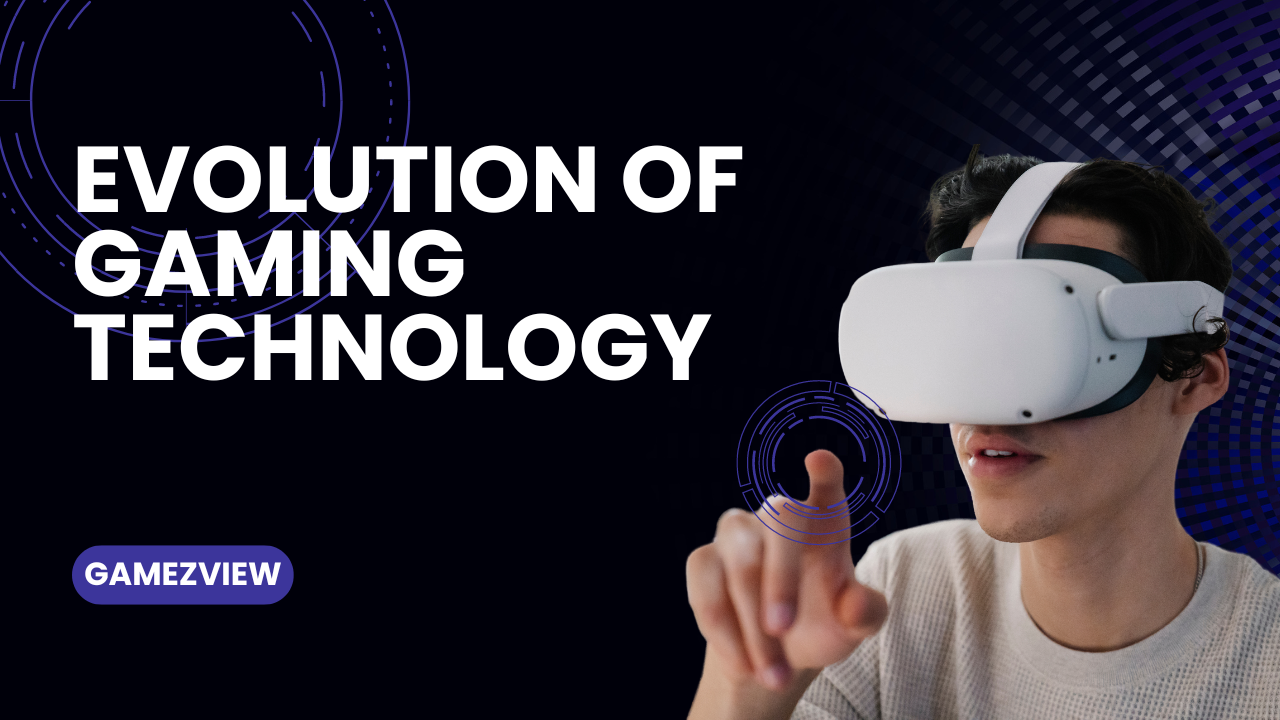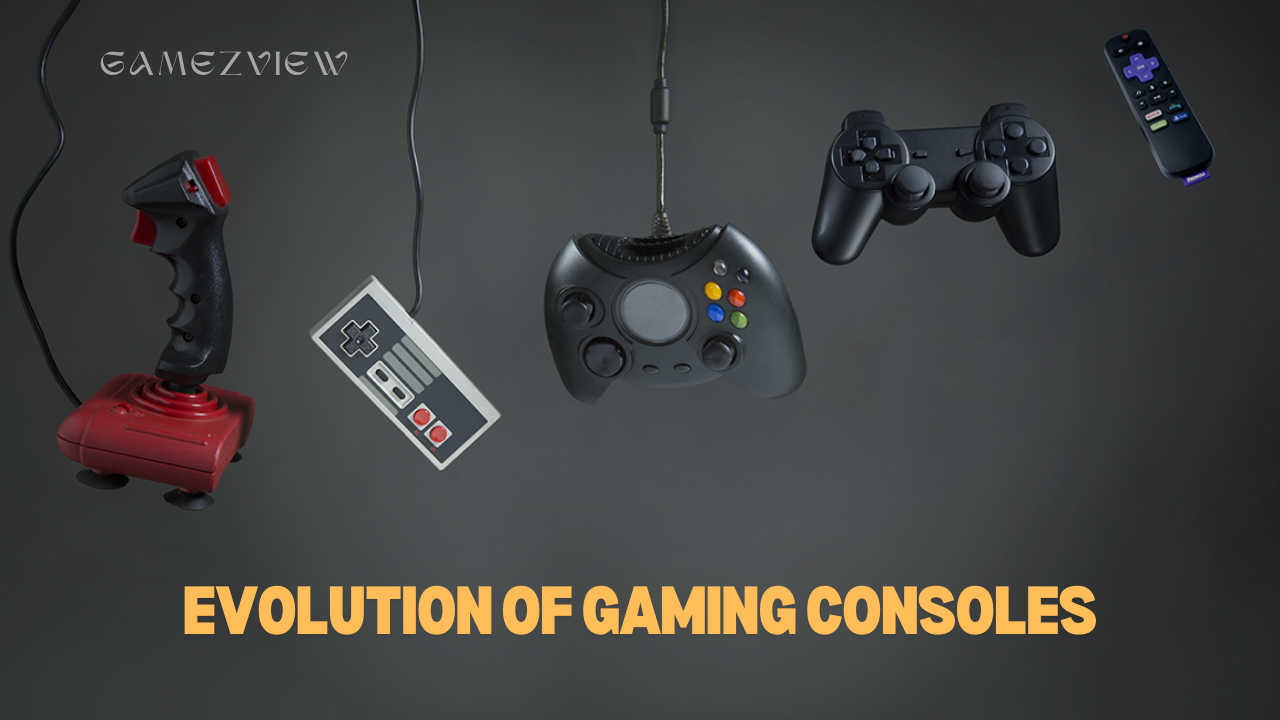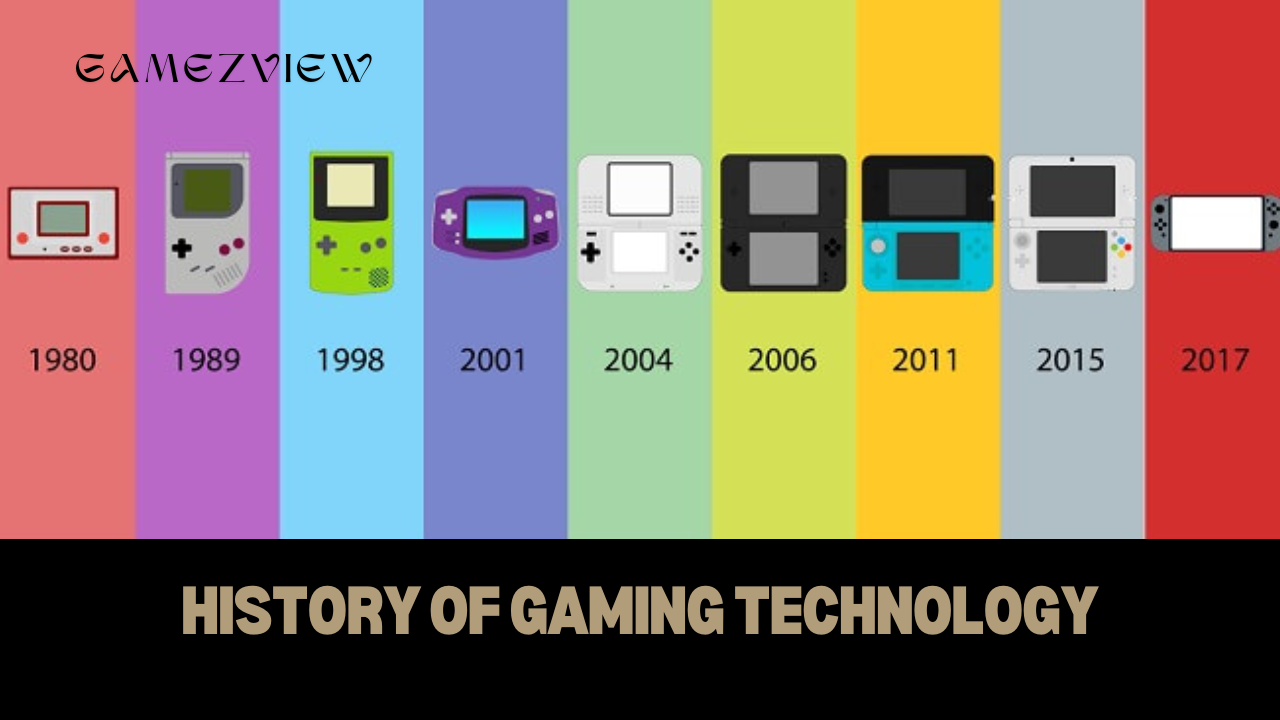The world of gaming technology has undergone a remarkable transformation over the past few decades. From the rudimentary beginnings of simple arcade games to the immersive, lifelike experiences of modern virtual reality, the evolution of gaming technology reflects the rapid pace of innovation in hardware, software, and user experience design. This article explores the milestones in gaming technology, the pivotal innovations that have shaped the industry, and the trends that will continue to drive its evolution.
The Early Days of Gaming
1. Arcade Games: The Birth of a Phenomenon
The journey of gaming technology began in the 1970s with the advent of arcade games. These machines, often found in public spaces like malls and amusement parks, introduced the masses to interactive digital entertainment.
- Pong (1972): One of the first commercially successful arcade games, Pong was a simple table tennis simulation that captivated players with its straightforward yet addictive gameplay.
- Space Invaders (1978): This game introduced the concept of progressively challenging waves of enemies, setting the stage for the shoot-’em-up genre and becoming a cultural icon.
2. The Rise of Home Consoles
The late 1970s and early 1980s saw the emergence of home consoles, bringing gaming into households and making it a more personal experience.
- Atari 2600 (1977): This console popularized cartridge-based gaming and allowed players to enjoy a variety of games at home, including Space Invaders and Pac-Man.
- Nintendo Entertainment System (NES, 1985): The NES revitalized the gaming industry with iconic titles like Super Mario Bros. and The Legend of Zelda, setting new standards for game design and storytelling.
3. The Advent of Handheld Gaming
Handheld gaming devices made it possible to play games on the go, broadening the reach of gaming technology.
- Game Boy (1989): Nintendo’s Game Boy was a game-changer, offering a portable gaming experience with titles like Tetris and Pokémon. Its success demonstrated the viability of handheld gaming and inspired future innovations in mobile gaming technology.
The Golden Age of PC Gaming
1. The Emergence of Personal Computers
The 1980s and 1990s marked a golden age for PC gaming, as personal computers became more powerful and affordable.
- Doom (1993): This first-person shooter revolutionized PC gaming with its 3D graphics and multiplayer capabilities, laying the foundation for future shooters and online gaming.
- Myst (1993): A landmark in adventure gaming, Myst captivated players with its immersive puzzles and stunning pre-rendered environments, showcasing the potential for storytelling in games.
2. Advancements in Graphics and Hardware
The rapid evolution of computer hardware played a crucial role in advancing gaming technology.
- Graphics Cards: The introduction of dedicated graphics cards, such as those from NVIDIA and ATI (now AMD), allowed for more complex and visually impressive games. Technologies like 3D acceleration enabled the creation of richly detailed virtual worlds.
- DirectX and OpenGL: These graphics APIs standardized game development on PCs, enabling developers to create more sophisticated graphics and physics simulations.
3. The Rise of Online Gaming
The widespread availability of the Internet in the 1990s and 2000s brought about a new era of online gaming.
- Quake (1996): This game popularized online multiplayer gaming, introducing players to the concept of deathmatches and networked play.
- World of Warcraft (2004): As one of the most successful MMORPGs, World of Warcraft created a persistent online world where millions of players could interact, quest, and form communities.
The Console Wars and Modern Gaming
1. The Console Wars
The late 1990s and early 2000s were defined by fierce competition between gaming consoles, leading to significant advancements in gaming technology.
- PlayStation vs. Nintendo 64: Sony’s PlayStation and Nintendo’s N64 battled for dominance with games like Final Fantasy VII and The Legend of Zelda: Ocarina of Time, pushing the boundaries of graphics, storytelling, and gameplay.
- Xbox vs. PlayStation: Microsoft’s entry into the console market with the Xbox introduced innovations like Xbox Live, which revolutionized online gaming for consoles.
2. High-Definition Gaming and Beyond
The introduction of high-definition graphics and advanced processing capabilities marked a new era for gaming consoles.
- PlayStation 3 and Xbox 360: These consoles brought HD gaming to the mainstream, with titles like Call of Duty and Gears of War showcasing realistic graphics and immersive gameplay.
- PlayStation 4 and Xbox One: These consoles continued to push the envelope with features like 4K resolution, HDR, and improved online services.
Mobile Gaming and the Casual Gaming Boom
1. The Smartphone Revolution
The rise of smartphones in the late 2000s opened up new possibilities for gaming, making it more accessible than ever before.
- Angry Birds (2009): This simple yet addictive game demonstrated the potential for mobile gaming, reaching a massive audience and sparking a wave of mobile game development.
- Candy Crush Saga (2012): This match-three puzzle game became a global phenomenon, highlighting the appeal of casual gaming and in-app purchases.
2. The Impact of Mobile Platforms
Mobile platforms like iOS and Android have transformed the gaming industry, providing a diverse range of games to players around the world.
- App Stores: The introduction of app stores made it easy for developers to distribute games and for players to discover and download new titles.
- Freemium Models: The popularity of freemium models, where games are free to play but offer in-app purchases, has changed the economics of gaming and allowed for new business models.
The Cutting Edge: VR, AR, and Cloud Gaming
1. Virtual Reality (VR)
VR technology has brought immersive gaming experiences to new heights, offering players the ability to step into virtual worlds.
- Oculus Rift and HTC Vive: These VR headsets have set the standard for immersive gaming, providing high-quality visuals and precise motion tracking.
- PlayStation VR: Sony’s entry into the VR market has made virtual reality more accessible to console gamers, with a growing library of VR titles.
2. Augmented Reality (AR)
AR technology blends digital content with the real world, creating unique interactive experiences.
- Pokémon GO (2016): This game demonstrated the potential of AR, encouraging players to explore the real world to catch virtual Pokémon, blending physical activity with digital gameplay.
3. Cloud Gaming
Cloud gaming services allow players to stream games directly to their devices, eliminating the need for powerful hardware.
- Google Stadia: As one of the pioneers of cloud gaming, Stadia offers a library of games that can be played on any device with an internet connection, showcasing the potential for gaming-as-a-service.
- NVIDIA GeForce Now and Microsoft xCloud: These services provide similar capabilities, allowing players to access their favourite games from the cloud and stream them to various devices.
Future Trends in Gaming Technology
1. Next-Generation Hardware
The future of gaming hardware promises even more powerful and versatile systems.
- PlayStation 5 and Xbox Series X: These next-generation consoles offer cutting-edge features like ray tracing, high-speed SSDs, and advanced AI, setting the stage for the next wave of gaming innovation.
2. AI and Machine Learning
AI and machine learning are transforming game design and player interaction.
- Personalized Gaming: AI can create more dynamic and personalized gaming experiences, adapting to player preferences and behaviours to offer unique challenges and content.
3. Blockchain and NFTs
Blockchain technology and non-fungible tokens (NFTs) are poised to revolutionize gaming economics.
- Digital Ownership: NFTs allow players to own and trade unique digital assets, creating new opportunities for monetization and player engagement.
4. Integration of Gaming with Everyday Life
The lines between gaming and other aspects of life are becoming increasingly blurred.
- Gamification: The principles of game design are being applied to areas like education, fitness, and work, making daily activities more engaging and rewarding.
The evolution of gaming technology has been marked by continuous innovation and a relentless pursuit of new possibilities. From the early days of arcade games and home consoles to the latest advancements in VR, AR, and cloud gaming, the gaming industry has continually pushed the boundaries of what is possible. As we look to the future, the integration of AI, blockchain, and next-generation hardware promises to further transform the gaming landscape, offering new and exciting experiences for players around the world. The journey of gaming technology is far from over, and the next chapter promises to be just as thrilling and transformative as those that came before.



